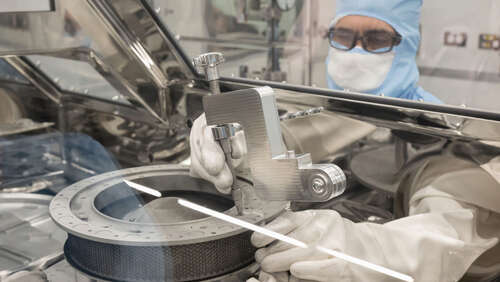
When the samples are delivered to laboratories around the world, scientists will be using a variety of tools and instruments to analyze them. As each group might get just a few grams, they need to be very careful with the techniques they use to ensure they aren’t destructive.
The University of Arizona, for example, has a facility called the Kuiper-Arizona Laboratory for Astromaterials Analysis, where a portion of the asteroid sample will be studied. The lab has instruments that can look at extremely small scales to make analyses on the atomic level.
“We literally can look at single atoms,” said OSIRIS-REx co-investigator Pierre Haenecour. “We also have a nanoscale secondary ion mass spectrometer, or nanoSIMS for short. It allows us to look at isotopes (different variations of atoms) to understand how each particular component in the sample originated.”
This group wants to study the sample to learn about the origin of asteroids like Bennu, as well as preserving a portion of the sample for future analysis with more sophisticated instruments. The reason the sample is so interesting is that asteroids are material that is left over from the formation of the planets, but it hasn’t been through the same processes that the planets have. Therefore, it is a pristine way to look back billions of years.
“With these samples from Bennu, we now have all the contextual information that will enable us to study these materials at the fundamental levels and tell the story of the origins and history of asteroid Bennu,” said University of Arizona professor of planetary science, Tom Zega.

